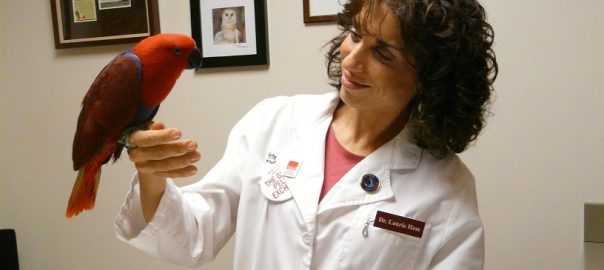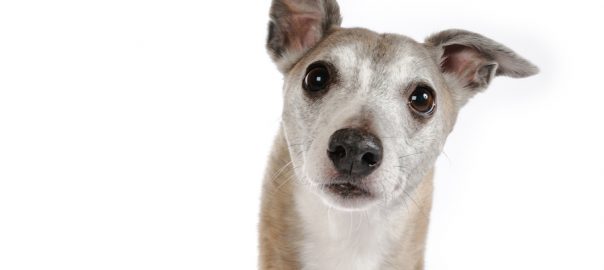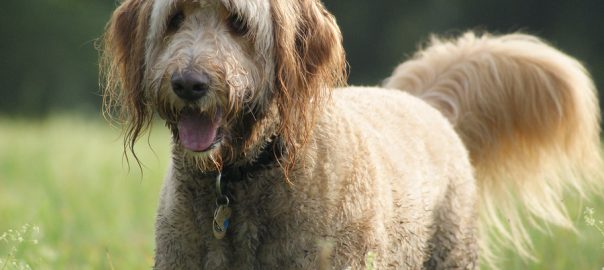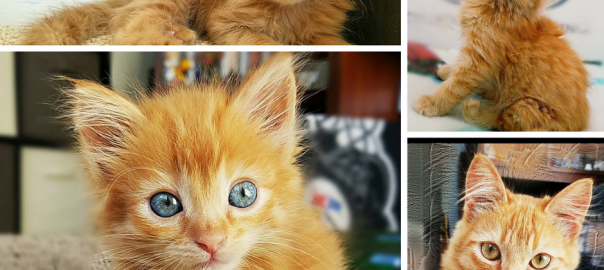So, who do you call when your husband’s beloved pet rat appears to have exploded while he’s out of town? No, not Ghostbusters. You call a veterinarian who specializes in the treatment of exotic pets.
I loved this book. I think, however un-exotic your taste in pets may be, you’ll love it, too. Or that it would be a great gift for the animal lovers in your life.
Dr. Hess has offered five signed copies to be given away to my readers. I decided to make it a little educational (I can’t help it!), so it’s in the form of a quiz. I’ll post a multiple choice pet question to my Facebook page every few days through the end of the year, and select a random winner among the correct answers left on the post.
Want a teaser? Dr. Hess has given me permission to reprint one of my personal favorite stories here. Enjoy!
I recollected one… instance that had begun with a frantic early-morning phone call from Miriam Betts.
“Doctor,” she said with urgency, “I think he’s exploded!”
“Slow down,” I said. “Who’s exploded?”
“Harry, my husband’s rat.”
“Is your husband available to bring him in?”
“He’s out of the country on business,” she said with contempt, indicating that her husband was the bigger rat.
“Hmmm,” I said. A rat—exploded? That would be a first for me, although the veterinarian practice is full of surprises. “Can you tell me exactly what you see?”
“I walked in just now to change his food and water, and there’s this mess everywhere.”
“And you’re not sure what it is?”
“It’s disgusting,” Miriam said as if she were standing in it now. “Pink and slimy.”
“Okay, here’s what I want you to do. Put on a pair of dishwashing gloves and pack the cage into the car. Meet me at the hospital. Can you do that?” I asked.
Twenty minutes later, Miriam dropped the cage onto the examination table and shuddered, “Yuck.”
One look into Harry’s cage, and the “explosion” started to make some sense. First of all, Harry wasn’t actually a rat but an exceptionally hefty house mouse. A cute one, too, I thought, with a snowy white belly and a cinnamon-speckled face. Also, Harry had just given birth to a healthy litter of baby mice. Twenty-two, to be exact.
I smiled. “Congratulations are in order. Harry didn’t explode; he just had babies.”
Miriam furrowed her brow and tentatively leaned into the cage. “Those are babies?”
Relaxing in a bed of sawdust with her eyes closed, the house mouse looked quite cozy and content with her litter of peanut-sized pups affectionately nuzzling her.
“Yes, and maybe you should consider changing Harry’s name to Harriet.”
Miriam didn’t seem to find my suggestion amusing or helpful.
She looked back into the cage with the same severe expression she’d worn since she had arrived. She studied the heap of newborns.
I opened the cage and carefully rolled one into my hand.
“We call them ‘pinkies’ because they’re hairless and pink at birth. And they’re actually not slimy, just a little wet from coming out of Mama’s belly.”
Miriam grimaced. “Where are their ears?”
“Baby mice are born blind and deaf, which is why their ears are stuck to the sides of their heads. It doesn’t look like they have any, but see,” I said pointing to a thin, pink fold of skin on the side of the newborn’s head. “That’s an ear. Their eyes kind of look like they’re sealed shut too.”
“Well, those don’t look like mice to me,” Miriam said and backed away.
“They do look kind of alien, I agree, but that will all change in a couple of days. They’ll begin to grow hair, and within a month they’ll look like little versions of their mama.” I smiled. “It’s really quite fascinating to watch.”
“Fascinating?” Miriam turned sharply toward me. “My husband’s out of the country, Dr. Hess. I cannot take care of twenty-two babies.”
“I understand it may seem like a lot,” I reassured her, “but you really won’t have to do much.”
“No!” She raised her voice. “You’re not hearing me—twenty- two babies are too much!”
Miriam was shouting at me, so I definitely heard her. I could empathize, too: for her, twenty-two baby mice were twenty-two more than she could bear. I got it; we all have our tipping point. Still, I wasn’t about to take in her new family of mice.
“Okay,” I said. “Let’s figure this out. When will your husband be home?”
“Not for another six days,” she said, nostrils flaring.
“These first days are important,” I said calmly, “but they’re manageable. As long as Harriet does her job attending to and feeding her babies, you really won’t have to intervene.”
“And what if she doesn’t do her job?”
“Then call me.” I decided not to share with Miriam that if Harriet did ignore her twenty-two babies, they would need to be fed commercially available formula for baby rodents through a dropper every two hours and provided with a small warm box heated to about eighty degrees Fahrenheit; they would also need to have their bellies gently rubbed with a Q-tip after feeding to stimulate digestion. I knew that detailed list of instructions would likely send Miriam over the edge, so I said, “Let’s assume for now that everything will go fine. And then after your husband returns home we can help you find new homes for all of these baby mice.”
“He’ll be looking for a new home too,” Miriam muttered.
“You can do this,” I said. “Take a deep breath. It will be okay.” And I inhaled deeply myself. Miriam grudgingly followed my lead.




